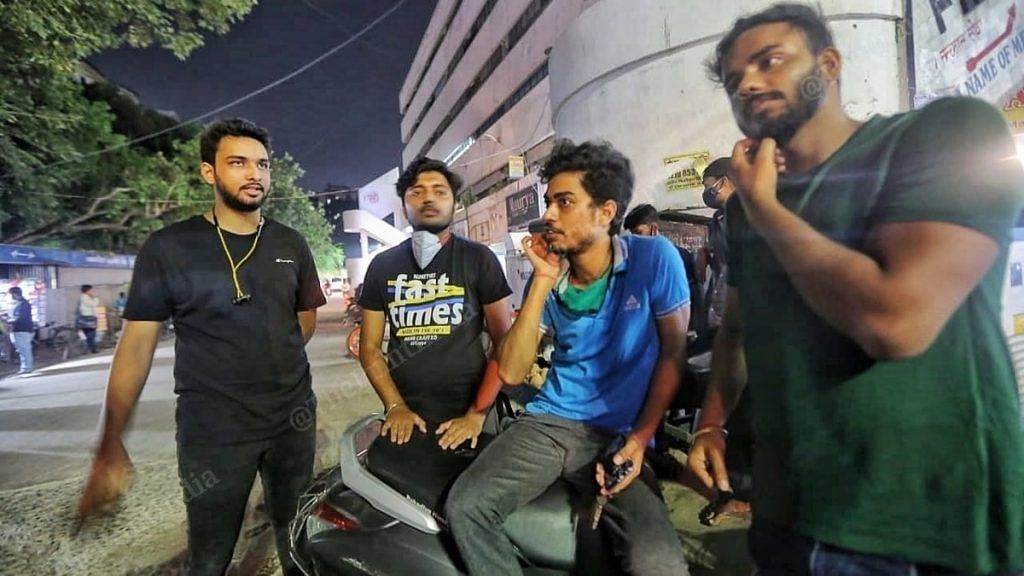The skills and education of today’s young adults and their access to economic opportunities will be a deciding factor in India fulfilling its economic potential in the coming decade. In last week’s article, we looked at how the life trajectories of young women—20-29 years—have changed over time in India. This article explores the regional labour market and education trends for India’s young men in the age group of 20-29 years between 2004-05 and 2018-19.
The new National Employment Policy, which will be drafted soon, should take into account these regional trends before finalising regional and sector-wise incentives for employment creation.
Kerala and Bihar – Any similarities?
Kerala and Bihar, India’s two major states, are vastly different in terms of economic prosperity. The former is among the most prosperous states while the latter is the poorest state in terms of real income per person. There are, however, two startling similarities among them. These are the top-most Indian states in terms of the proportion of young men (20-29 years) in higher education (figure 1). Similarly, these are also the states with the highest proportion of young men who were looking for work but did not find it, remaining unemployed (figure 2). These numbers are based on our estimates for 2018-19 from the Periodic Labour Survey data.
Also read: Do young Indian women work? Gujarat tops single working women, among lowest in married
Rising regional variation in unemployment and higher education
Among India’s young men, unemployment rose across all major states by 2018-19 from 2004-05. Further, the regional variation in unemployment of young men has risen sharply as well, reflecting a divergence in their economic performance and suggesting a higher shortfall of jobs in certain states. While in 2004-05, the unemployed-to-population ratio of young adults ranged from 1.5 per cent (Karnataka) to 8.9 per cent (Kerala), the range had more than doubled by 2018-19, with the least being 5.8 per cent (Gujarat) and the highest 21 per cent (Bihar). Similarly, while the proportion of young men in education has risen in all states, the regional variation has increased well.
Figure 1
Figure 2
Taken together – higher unemployment and higher enrolment in higher education – means that more than 18 per cent of young men between the ages of 20 to 29 years, were not economically active, delaying their contribution to the economy during their prime years.
India’s employment policy needs to consider the following – if the focus on formal higher education continues then the impetus for job creation would need to be in high-end manufacturing and services to fulfil young men’s aspirations. Even though the quality of education may not be good to raise employability, a degree holder aspires for a certain type of jobs, resulting in the mismatch of available jobs and young generation’s expectation of job profiles.
Non-farm employment declines in Maharashtra, Kerala and UP
Young men in prosperous states such as Gujarat and Karnataka, middle-income states such as Odisha, West Bengal, and poorer states such as Bihar and Chhattisgarh saw an increase in employment in both industries and services during 2004-05 and 2018-19 (figures 3 and 4). In contrast, in the prosperous states of Maharashtra and Kerala, both the share of industrial and services employment fell, which coincided with a rise in unemployment and higher education.
It is noteworthy that Punjab, Haryana, and West Bengal have seen a rise in industrial employment, which includes construction sector work, among young men. India’s most populous state, Uttar Pradesh, however, witnessed a decline in the proportion of young men employed in services and near-stagnation in industrial employment. Given that nearly 16 per cent of young men in India or 14.5 million are in Uttar Pradesh, if the New Employment Policy can provide incentives for job creation, in both industry and services in the state, it would also lower the pressure on migration.
Figure 3
Figure 4
Also read: From would-be employed to badly employed—the group that will lead India’s next mass movement
Ageing agriculture workforce
It is a natural transition for young men to move away from farm employment to higher education and into non-farm jobs as the local economy develops. The trend is clearly visible in several prosperous states including Kerala and Tamil Nadu where less than 10 per cent of young men work on the farm (figure 5). Even among the states that are known for their agriculture strength – Punjab and Haryana – only 11-13 per cent of young men work on farms. Even in two of the poorest states among India’s major states – Uttar Pradesh and Bihar – less than 30 per cent of young men are into agriculture.
Overall, the regional variation in agriculture employment among young men has declined except in the states at the extreme. Clearly, the agriculture workforce is ageing, which will call for land consolidation for mechanisation and/or women’s re-entry into agriculture employment.
Bridging the gap between education and employment
The education levels of young men in India continue to rise and, along with it, unemployment among the educated. The regional divergence in the two indicators has also increased over time reflecting the patterns of local growth. At its core, the new National Employment Policy would have to address this gulf, while also creating labour-intensive industrial employment for the others. Paying close attention to the regional variation in education and employment patterns of young men will help in achieving this objective.
Read the authors’ article on young Indian women and economy here.
Vidya Mahambare is Professor of Economics, Great Lakes Institute of Management. Sowmya Dhanaraj is Assistant Professor of Economics, Madras School of Economics. Sankalp Sharma is a Research Associate, Development Data Lab. Views are personal.
